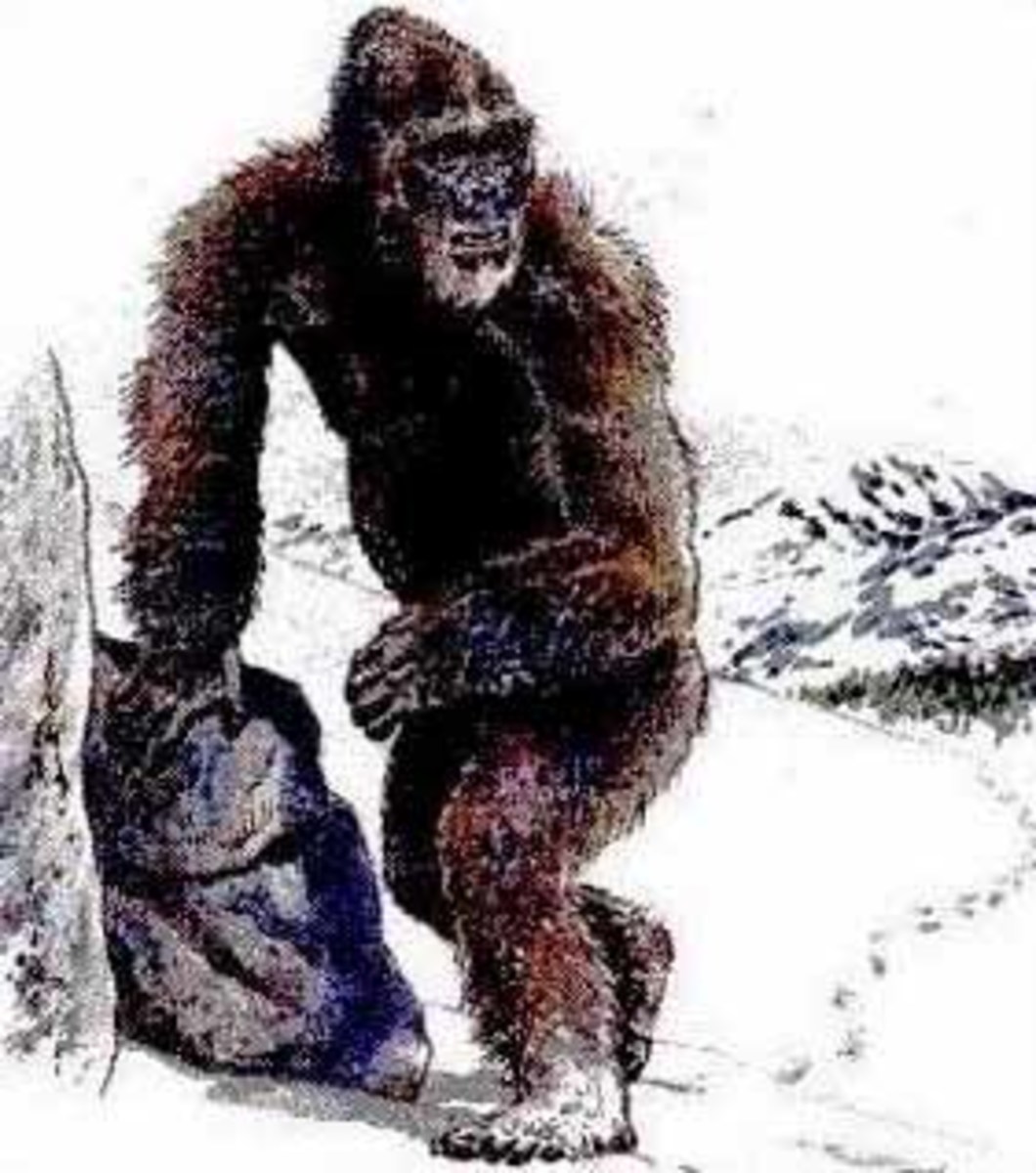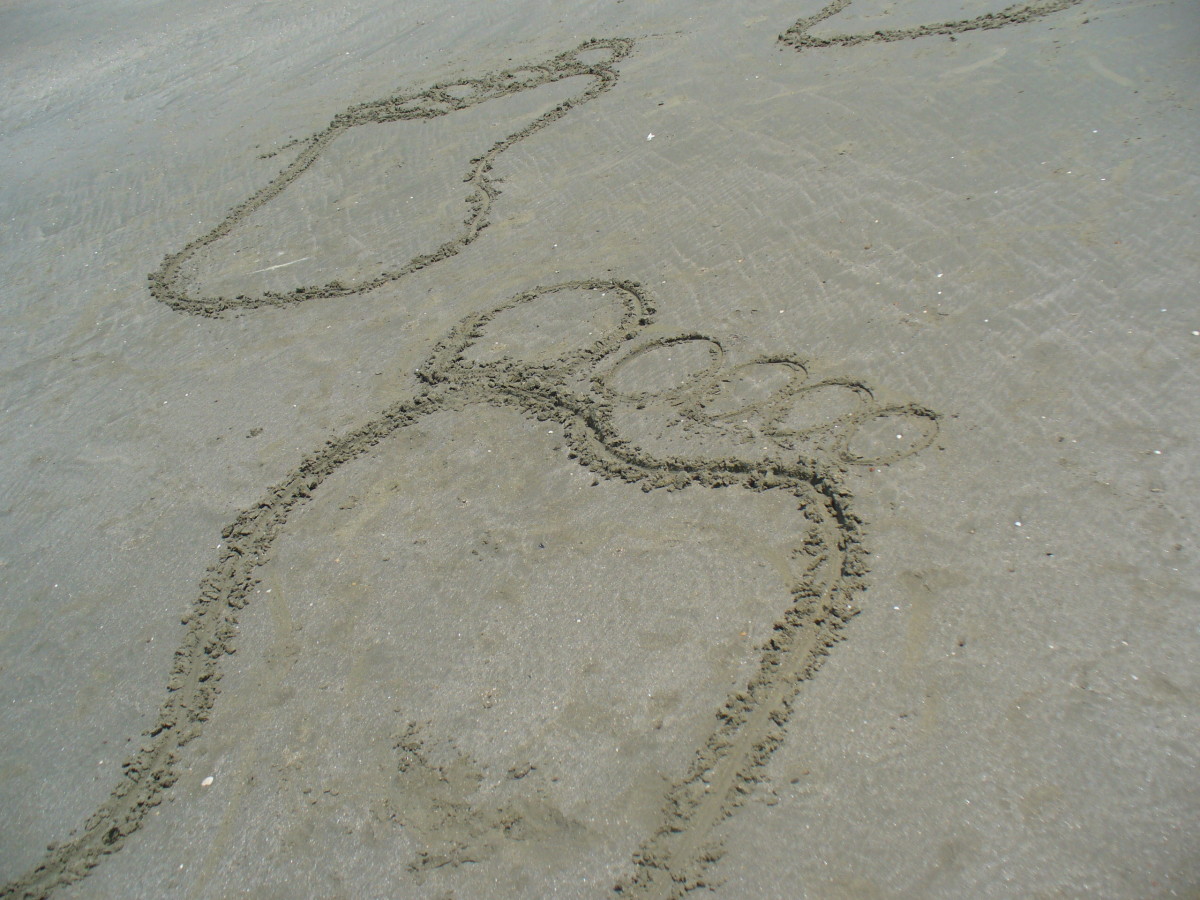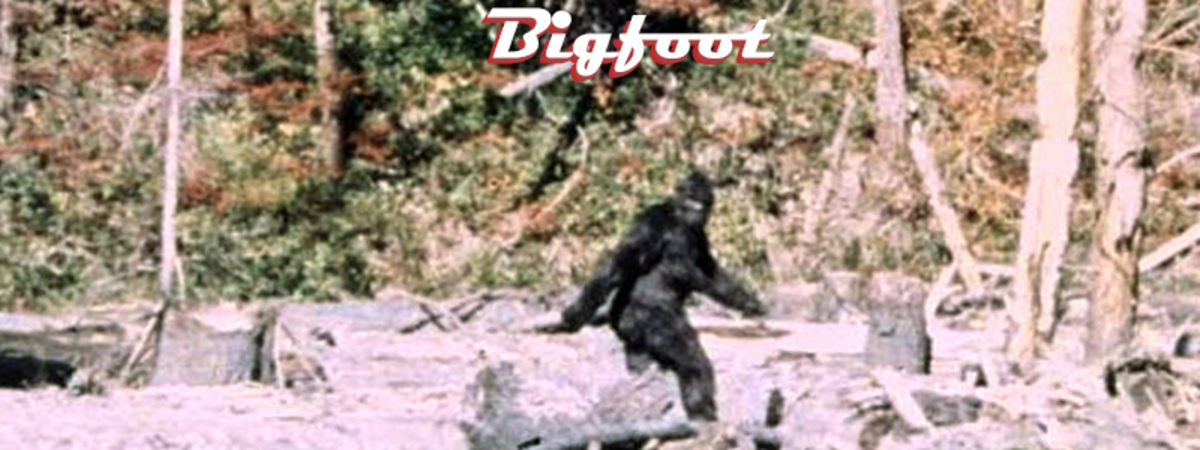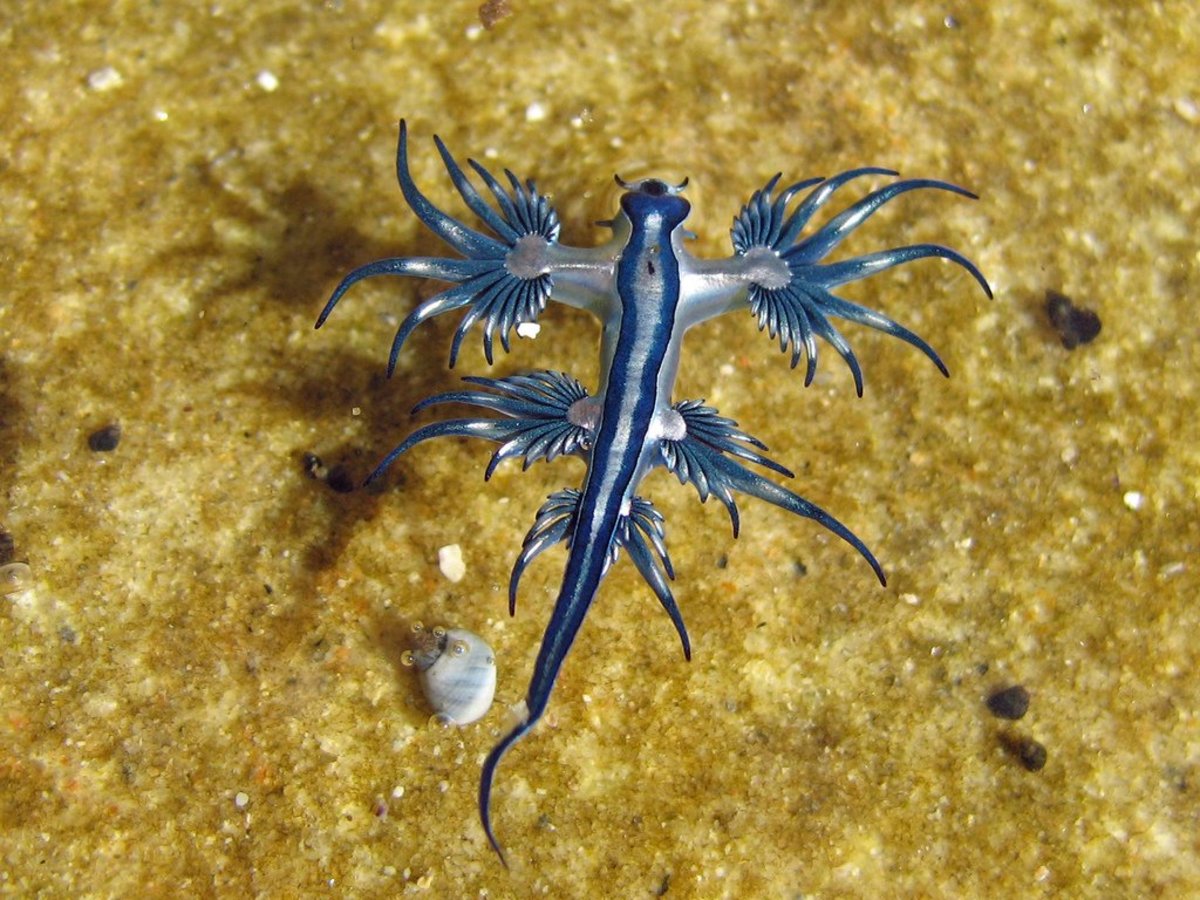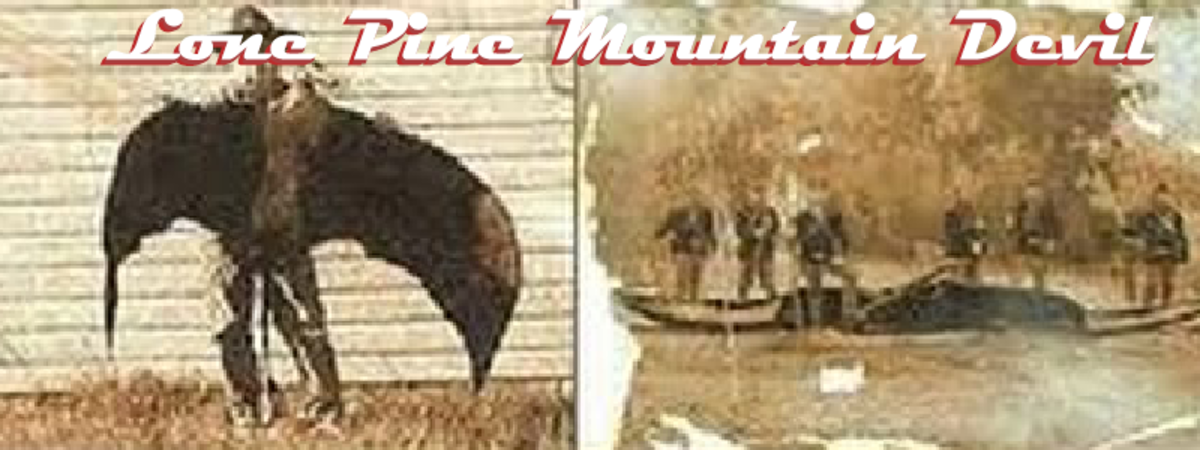- HubPages»
- Education and Science»
- Sociology & Anthropology»
- Folklore & Mythology»
- Legendary Creatures & Cryptids»
- Forest Creatures
Bigfoot Sasquatch – Agogwe – and Little Red People of Africa
Monsters of Human Appearance
Today, many people in Pacific Northwest region of North America believe that the monster known as ‘Bigfoot’ is an offspring of ancient giant ape called Gigantopithecus. Throughout the world, the stories of monsters have been told for thousands of years. These stories are very amusing to children, and surprisingly even to adults. The bible tells of Gog and Magog, and Goliath, who are depicted as monsters of human appearance that are of great size and strength. In many cultures around the world, stories of giants as primeval creatures of chaos and the wild nature are repeatedly told to children, by grandmothers, around cook fires at nights.
Bigfoot Sasquatch
Another name for big foot is Yeti as used in Himalayas, or Sasquatch as used in British Columbia. Bigfoot is a large, hairy, bipedal, ape-like monster of North America. Bigfoot has an average height of 7 – 9 feet and a weight of 230 kg. The monster has a skin with brown/reddish hair, big eyes and low set forehead. Bigfoot got its name from its enormous footprints which measures 2 feet long and 8 inches wide. And if you have been wondering where the name ‘yahoo’ originated from, wonder no more – it was after Daniel Boone shot and killed a large Bigfoot whom he called ‘Yahoo!’.
Anatomy and Anthropology professor, Jeffrey Meldrum, believes the search for Bigfoot is a valid scientific endeavor and the search for Bigfoot should continues as already there are fossil remains of Bigfoot’s ancestors, Gigantopithecus.
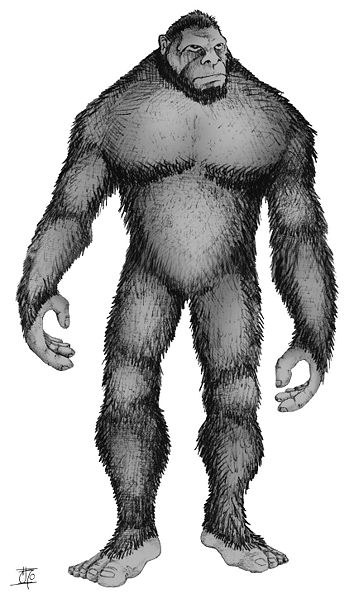
Stories of Large Monsters are Amusing to Children
Stories of large monsters than humans have always been amusing to children, and surprisingly even to adults. Why? This is because we humans have a need to have some larger-than-life creature, just like we have a natural affinity to mold clay into a deity, or the natural need to put up a shelter to live in. To humans, these monsters are mystical beings from another dimension that provides psychic premonitions and visions to humans. This explains why witchmen in Africa will look at such monsters and will shade tears joy.
Amazon and Congo Rainforests
Most monsters like the Bigfoot are known to breed deep in the Amazon rain forest. The Congo rainforest in Africa is also known to breed curious creatures that are known to provide psychic premonitions and visions to humans. The Congo rainforest is the home to the little red people. The little red people are similar to pygmies in term of sizes. Congo rainforest host the best known pygmies such as the ethnic groups of Mbuti, Aka, and Efe. It is important to note that you do not go about calling other people pygmies because the word pygmy is abusive, connote negativity and distasteful. Pygmies should always be referred by their name of ethnic group.
Finding The Little Red People - Very Bad Thing To Speak Of!
In Africa, it is very rare to find the little red people, and if you did see them, the evil effects of doing so are very serious - a very bad thing to speak of! In fact, even pointing to the direction of the red people is forbidden. Unfortunately, the red people can hardily increase in numbers due to threat from witchmen. Experienced witchmen looking at the little red people will shade tears and salivate in joy, and will do anything within their means to catch the little red creatures. These really may be the creatures that give witchmen the extrasensory perception that enable them to deduce information that ordinarily people cannot deduce from presently available information or laws of physics and nature.
Agogwe
When grandmothers in Britain told legends to children, they usually would start, ‘a very long time ago…’ The ‘ago’ here would mean, time past, earlier, ancient time. In the Bantu languages of Africa, ‘Ago’and ‘Agwe’ is about the ability to deduce the unknown reason or foretell the future. Ago-Agwe is all about the art of medicines, spirits, sages, witches, witchcraft. Agogwe is from Ago-Agwe. In the Bantu languages of Africa, Agogwe is a pygmy-like two feet (biped) animal with a height of about 3 ft to 5.5 ft, has long rust-coloured woolly hair, yellowish-red skin under its coat like a lizard. The Agogwe’s feet are about 12 cm long with opposable toes. They also have rounded forehead and canines smaller than those of primates. The Agogwe are the so called little red people of Africa.
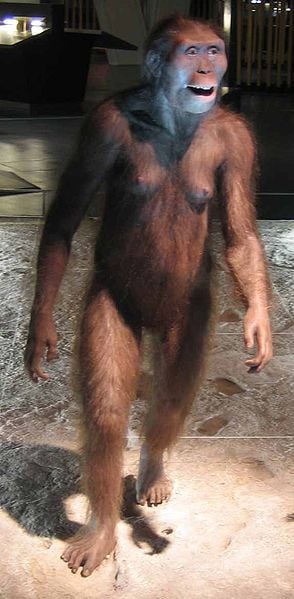
Documented By Professor Ledoux
The story of little red people was documented in 1947 by Professor A. Ledoux, head of the Zoological Department of the Institute of Education and Research at Adiopodoume, Ivory Coast in 1947. The Professor tells of how a primate with reddish-brown hair was shot and mysteriously the corpse vanished while being taken home. It’s either his porters disposed off the copse for fear of its superstitious effect or they quickly sold it to a witchman for use in ritual purposes.
The red people were also sighted by an Englishman Captain William Hichens as he went hunting man-eater lions in Usure forest, Wembere, Singida, Tanzania, in 1937. Captain Willianm Hichens wrote about the little red people in his article, African Mystery Beasts, for the discovery in December 1937. Another report was made by Cuthbert Burgoyne who wrote for The Discovery about his experience with little red people in the coast of Portuguese East Africa, Mozambique, in 1927. S. V. Cook also wrote in, The Journal of the East Africa and Uganda Natural History Society in 1924 , about how he encountered jealous little red people who hurled small stones to him in Mbere, Embu, Kenya, in 1924.
A Valid Scientific Endeavors?
Many scientists are of the opinion that there is no scientific evidence to support the survival of Bigfoot monsters or little red people of Africa. They argue that the evidence that does come in point towards a hoax rather than sighting of genuine creatures. Whatever the truth is, it has to be accepted that humans have a natural liking for these monsters. Indeed, they are mystical beings from another dimension that provides psychic premonitions and visions to humans. And like professor Jeffrey Meldrum said, the searches for Bigfoot monsters and little red people are valid scientific endeavors and the searches should continues.
If you have liked this article, and you would want this page to keep up and improved, you can help in any way you can. A free way to help would be to link back to this webpage from your web page, blog, or discussion forums.
The Author’s page is designed to help beginners and average readers make some money as an extra income to supplement what they may be earning elsewhere - details of which you can find in My Page, if you will.


